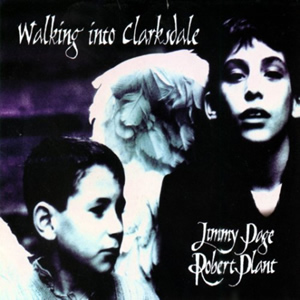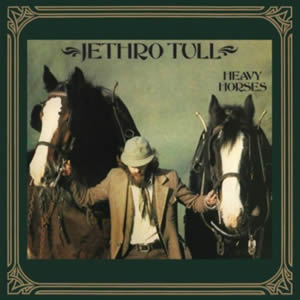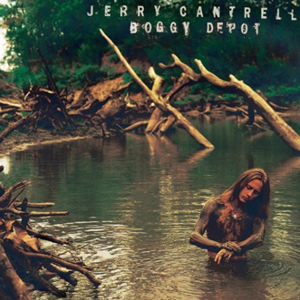Walking Into Clarksdale by Page & Plant
Buy Walking Into Clarksdale Nearly two decades after they recorded the final Led Zeppelin studio album with 1979’s In Through the Out Door, guitarist Jimmy Page and vocalist Robert Plant collaborated on an […]

Buy Walking Into Clarksdale Nearly two decades after they recorded the final Led Zeppelin studio album with 1979’s In Through the Out Door, guitarist Jimmy Page and vocalist Robert Plant collaborated on an […]

Buy Heavy Horses During a the late 1970s, Jethro Tull released a trio of albums with heavy folk influence. The second of this trio and the eleventh overall studio album by the band […]

Buy Boggy Depot After over a decade in Alice in Chains, guitarist Jerry Cantrell set out to forge his debut solo record in 1998 with Boggy Depot. This was done more out of […]